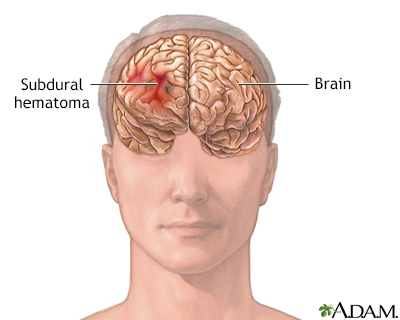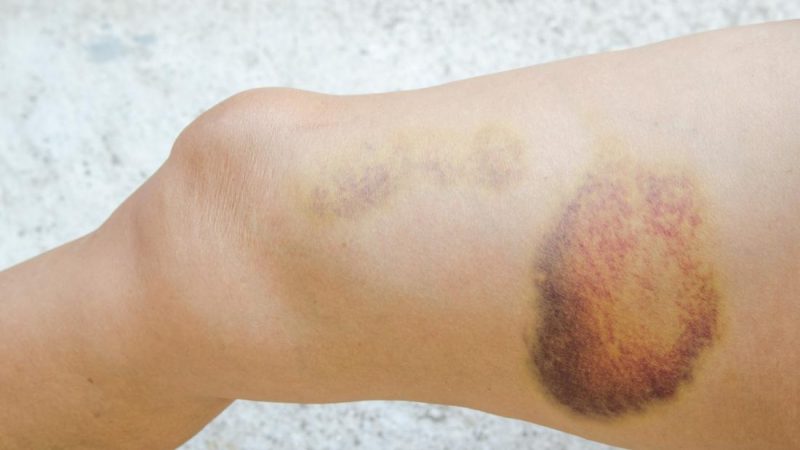Rib cage injuries

The rib cage upholds the chest area, ensures inside organs, including the heart and lungs, and helps with relaxing. Rib wounds incorporate injuries, torn ligament and bone breaks. Chest injury may likewise cause hazardous wounds like a penetrated lung or a burst aorta.
Normal reasons for rib injury incorporate engine vehicle mishaps and falls. Treatment plans to diminish torment while the injury recuperates.
Design of the Rib cage
The ribcage comprises of 24 bended ribs organized in 12 sets. Each pair is connected to a vertebra in the spine. At the front of the body, the initial seven sets of ribs are connected straightforwardly to the sternum (breastbone) via ligament known as costal ligament. These ribs are frequently called ‘genuine ribs’.
The following three sets of ribs aren’t associated with the sternum. All things being equal, costal ligament joins these ‘bogus ribs’ to the last pair of genuine ribs. The leftover two sets aren’t connected at the front of the body by any means and are known as ‘drifting ribs’.
The ribcage is upheld by tendons and muscles, including the muscles between the ribs (intercostal muscles). These muscles permit the ribcage to grow when you take in and to drop when you inhale out.
Indications of rib cage wounds
The indications of rib wounds rely upon the sort and seriousness of the injury, however can include:
- Agony at the injury site
- Torment when the ribcage flexes – with development, with a full breath or when you hack, wheeze or chuckle
- Crunching or crushing sounds (crepitus) when the injury site is contacted or moved
- Muscle fits of the ribcage
- Twisted appearance of the ribcage
- Breathing challenges.
Gruff power is the normal reason for injury
Rib wounds ordinarily happen when the chest is straightforwardly hit. Circumstances that could make obtuse wounds the ribcage include:
- Engine vehicle mishaps – for instance, pummeling the chest against the guiding wheel
- Smash wounds – for instance, a substantial item landing straightforwardly on the chest
- Sports-related wounds – for instance, a substantial tackle
- Tumbling from a sensible tallness – for instance, off a rooftop or stepping stool
- Attack – for instance, getting hit by a homerun stick.
Delicate tissue wounds
Delicate tissue of the ribcage incorporates the intercostal muscles and the costal ligament. Normal wounds include:
- Swelling – the veins crack and hole blood into the encompassing tissues. Swelling of the chest divider is a typical rib injury.
- Intercostal strains – intercostal muscles permit the ribcage to go all over. These muscles can be stressed by any action that includes outrageous or intense contorting of the body or swinging of the arms. Sports that regularly cause this kind of injury incorporate golf and tennis.
- Costochondral division – the rib cage is torn free from the costal ligament and is withdrawn from the sternum.
Rib crack
The bended plan of the ribs makes them impervious to cracks. Their capacity to flex assists the bone with retaining the power of a blow. Nonetheless, any bone will break if the power applied against it is more grounded than it can primarily withstand. A rib is probably going to break at its external bend, which is its most vulnerable point.
More seasoned individuals are more inclined to rib cracks since bones slight with age. Youngsters are more averse to break ribs in light of the fact that their bones are moderately adaptable.
Thrash chest is a genuine physical issue
Thrash chest is the most widely recognized genuine injury to the ribs. It happens when at least three ribs are broken in somewhere around two places, front and back. This will possibly occur if there has been a lot of obtuse power. The critical indication of thrash chest is ‘dumbfounding development’, which implies the regular development of the ribcage during breathing is backward. For instance, the harmed space of ribcage sinks in when the individual breathes in, rather than lifting outwards.
This inversion is brought about by changes to gaseous tension in the ribcage because of injury. In any case, it is the going with injury to the lungs that generally causes inconveniences, not the wrecked ribcage. Intubating the individual (placing oxygen into the lungs through a cylinder put down the windpipe, or windpipe) will make a ‘typical’ strain in the lungs.
Hazard of genuine injury
The ribs encase crucial organs like the heart and lungs, so chest injury can cause hazardous wounds. These can include:
- Pneumothorax – imploded lung because of changes in tension inside the chest. This could be brought about by a wrecked rib tearing the lung or a cut in the chest divider. Side effects can incorporate breathing challenges, chest agony and hacking up blood.
- Cardiovascular and related vein injury – for instance, injury to the vein adjusting the heart (coronary conduit) or a tear in the principle corridor of the body (aorta).
- Splenic burst – the spleen is situated on the left half of the mid-region. Its jobs incorporate separating the blood to eliminate strange cells and the assembling of some resistant framework cells including antibodies and lymphocytes. Splenic break implies the external container has rib cage parted and the spleen seeps into the stomach depression.
Determination of rib wounds
Rib wounds are analyzed utilizing various tests including:
- History of the injury (where you disclose to your PCP what hashappened)
- Actual assessment
- Chest x-beam.
Treatment of rib wounds
In contrast to bones of the arms and legs, broken ribs can’t be set in a cast. Treatment means to mitigate torment while the injury mends, which can require as long as about a month and a half (on account of crack), and 12 weeks or more if the rib has been torn from the ligament. Treatment for wounded ribs is as old as broken ribs, yet with a more limited recuperation time.
Choices include:
- Rest
- Original effectiveness torment killing medications
- Non-steroidal mitigating drugs (NSAIDs)
- Staying away from exercises that exasperate the injury, like game
- Icepacks – may assist with decreasing aggravation in the beginning phases
- Mechanical ventilation (assist with breathing) – might be required in instances of extreme thrash chest.
Where to find support
- Your primary care physician
- Specialist spend significant time in sports medication
- Physiotherapist
- Sports Doctors Australia Tel. (02) 6241 9344
- Sports Medicine Australia – Victoria Tel. (03) 9674 8777
- Crisis branch of your closest clinic
- Continuously call a rescue vehicle in a crisis Tel. 000
Things to recollect
- Normal reasons for rib injury incorporate engine vehicle mishaps and falls.
- Since the ribs encase fundamental organs, including the heart and lungs, chest injury can cause perilous wounds like a penetrated lung or a cracked aorta.
- Broken ribs can’t be set in a cast, so treatment means to mitigate torment while the injury mends.





